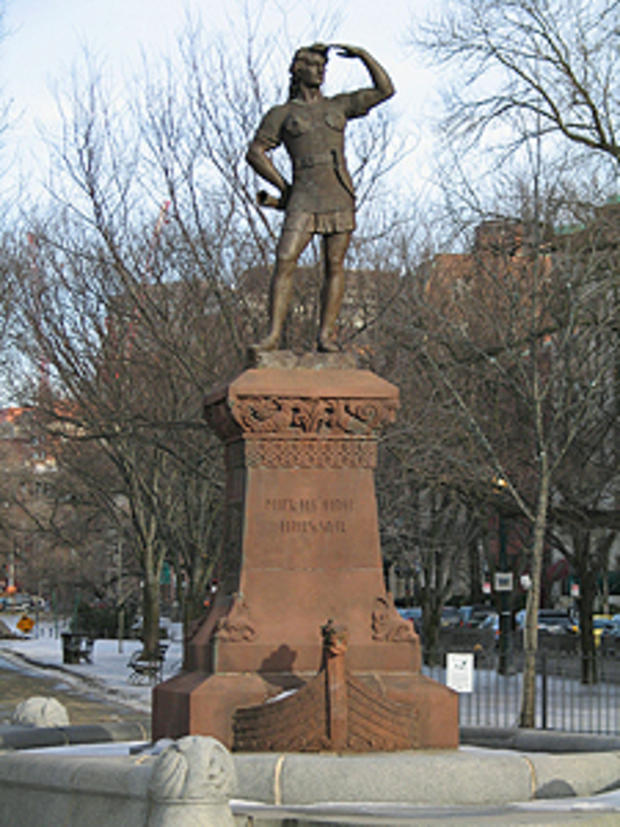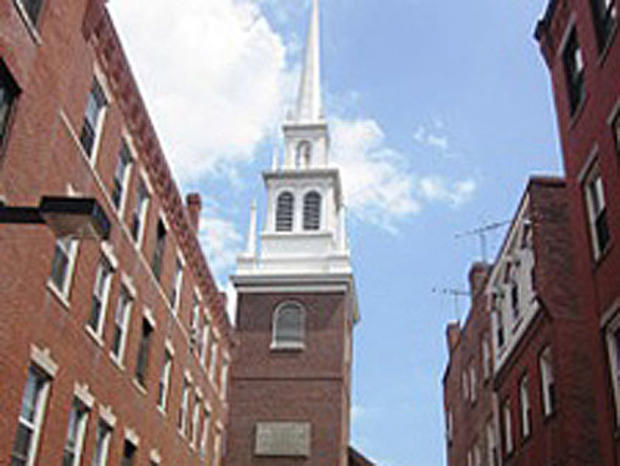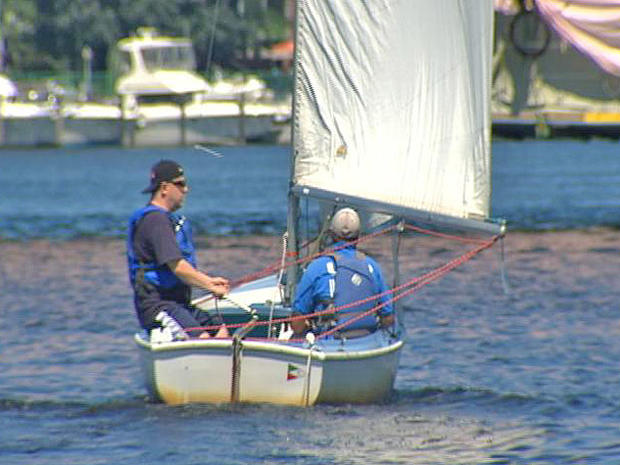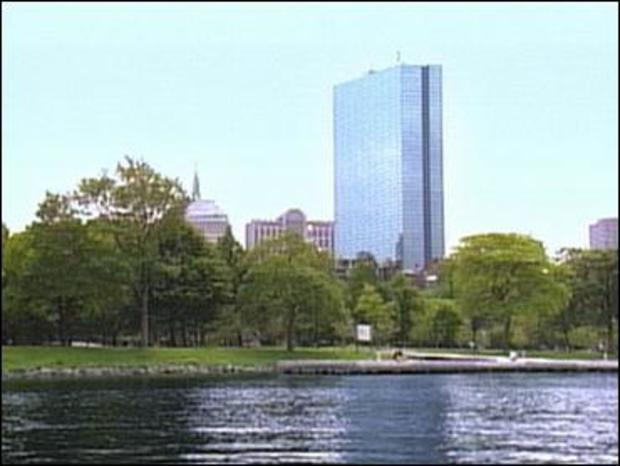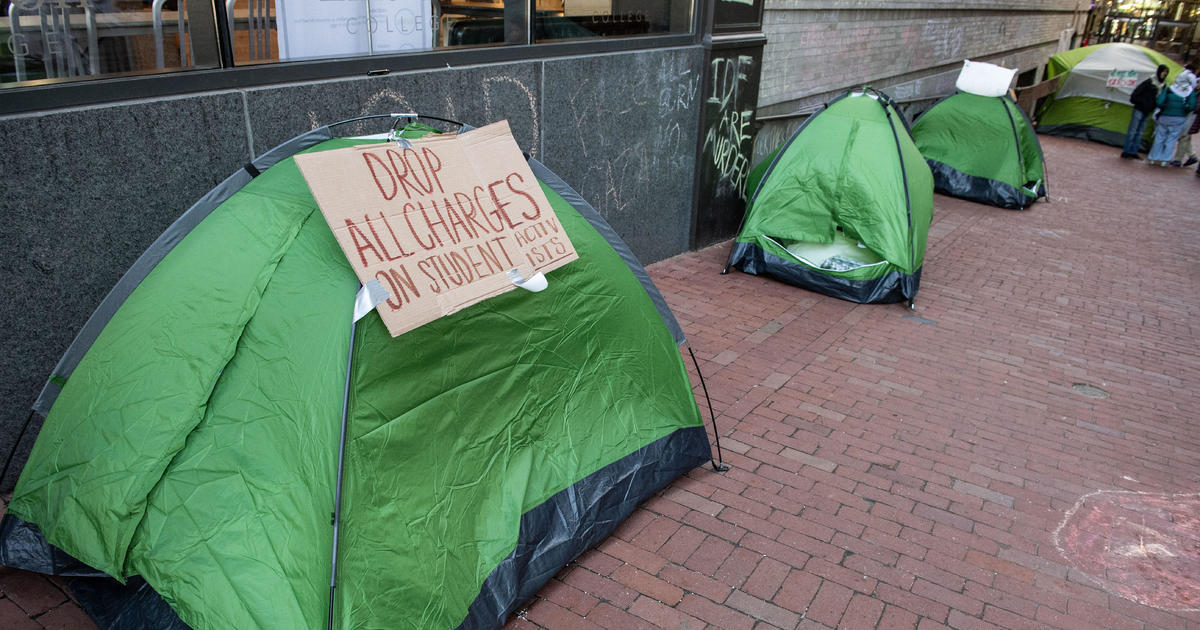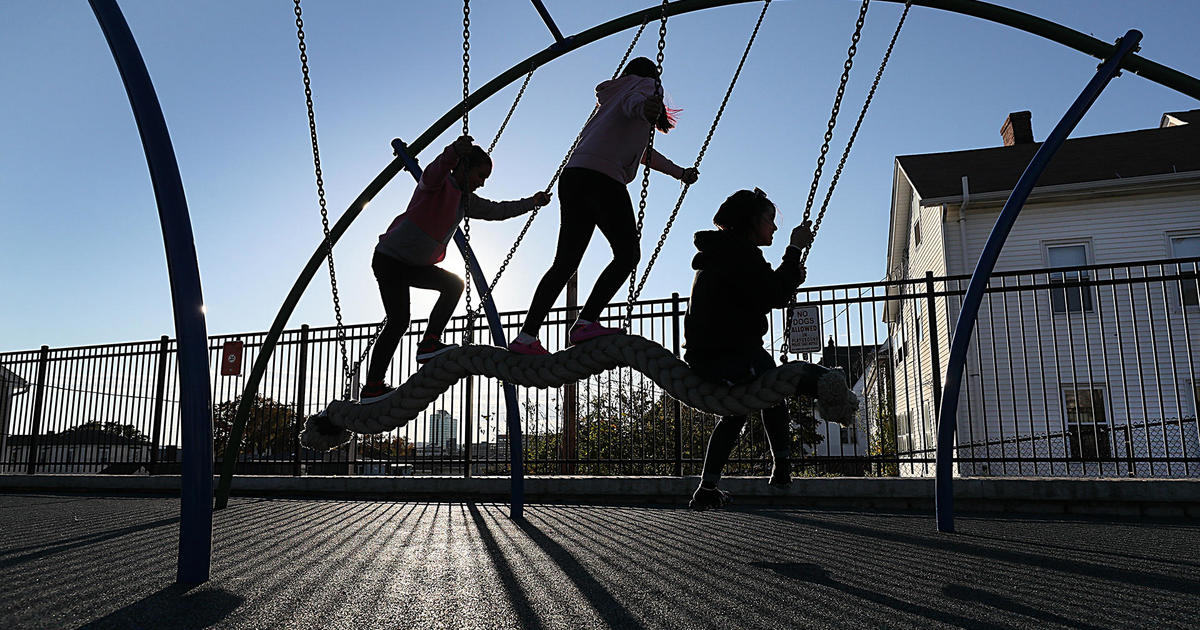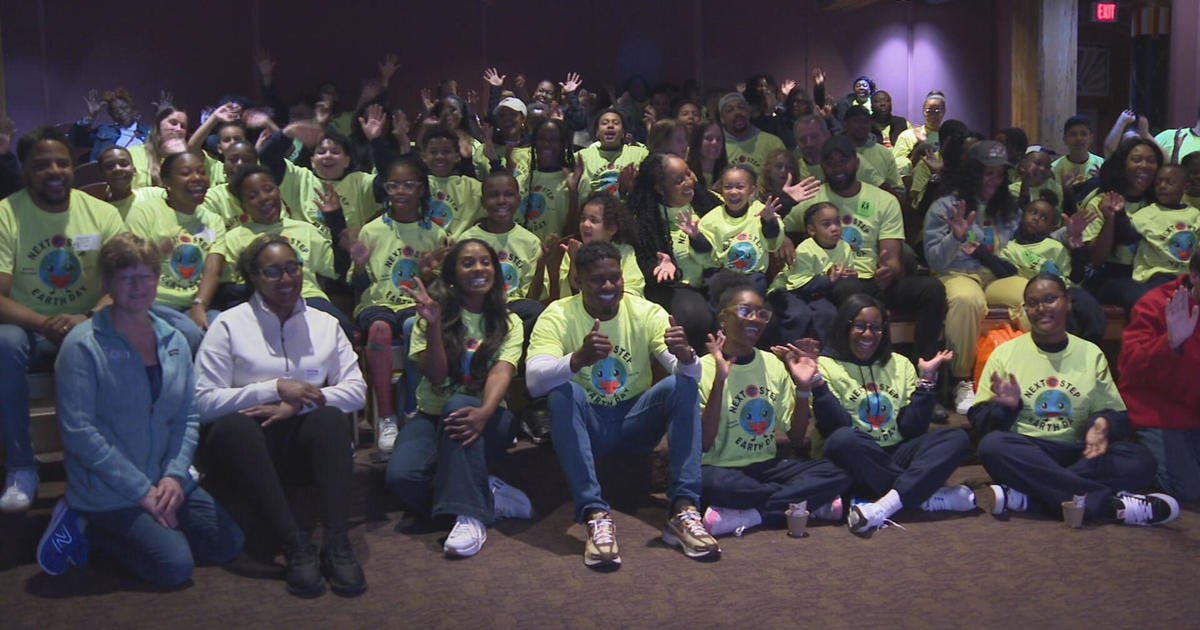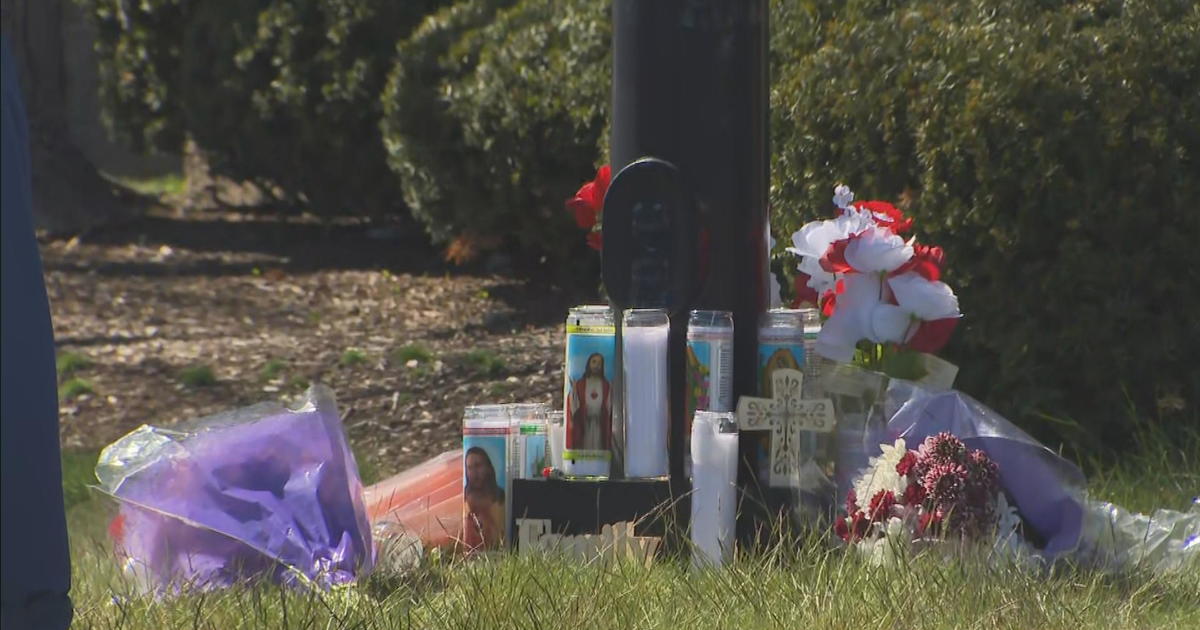5 Things You Didn't Know About The Charles River
1. Leif Ericson may or may not have sailed it.
In the 1880s, Professor Eben Norton Horsford – best known for his reformulating of baking powder - claimed to have discovered an ancient Norse settlement in Cambridge. He added to the claim by saying it was once the home to famed Viking Leif Ericson, whom Horsford said sailed up the Charles River in A.D. 1000. Horsford wrote articles and books about his "discovery," and went so far as to help commission a statue of Ericson. While most modern scientists discount Horsford's claim, the statue still stands to this day on the Commonwealth Avenue mall. And while you're at the Head of the Charles you can check out a granite marker near the intersection of Memorial Drive and Greenough Boulevard in Cambridge that claims to be the site of Ericson's house.
2. Two If By Sea
Henry Wadsworth Longfellow's poem Paul Revere's Ride immortalized the evening of April 18, 1775, when Paul Revere rowed across the Charles River to Charlestown, and borrowed a horse from a friend. Fearing British soldiers would capture him as he set out on his historic ride to warn colonists in every Middlesex village and town, Revere arranged to have a fellow rebel place lanterns in Old North Church's steeple to signal how the British troops were advancing: one if by land, two if by sea. Two lanterns were hung as the British advanced by boat across the Charles River. The battles of Lexington and Concord followed, ingniting the American Revolution.
3. Trains, Planes & Automobiles (and boats)
Since 1928, a boat on the Charles River can row under a train that's passing under a car that's driving below an airplane. This phenomenon would have to take place at the Boston University Bridge. Contrary to popular belief, it's not the only place in the world where this can happen.
4. Not-So-Dirty Water
Most Bostonians are familiar with the song "Dirty Water" by The Standells. For decades, industrial waste from dozens of riverfront mills, along with sewage was dumped into the river. In 1875 a government report listed 43 mills along a 9.5-mile stretch from Watertown to Boston Harbor. The Charles River was so polluted at that time, that the report recommended abandoning cleanup efforts on the river from south Natick to the ocean, and focusing instead on the upper half. Swimming was banned in the 1950s. Through the late 1990s, rowers and sailors who fell into the water were advised to get a tetanus shot. When the Environmental Protection Agency started grading the health of the Charles in 1995 it earned a "D." Today that's no longer the case, and there are actually 20 species of fish found in the Charles River. As proof of the Charles' improvement, in September 2014 the river that flows through 23 cities and towns received it's first "A-" from the EPA.
5. The Dammed and The Esplanade
The Charles River Esplanade is a relatively recent creation. In 1908, the Charles River Dam was built. Previous to the dam's construction, the river was at the mercy of ocean tides. The constant water levels from the dam's creation allowed Boston's shoreline to transform from mud flats into a wide swath of grass, which has continued to evolve into the beautiful waterfront park it is today.
